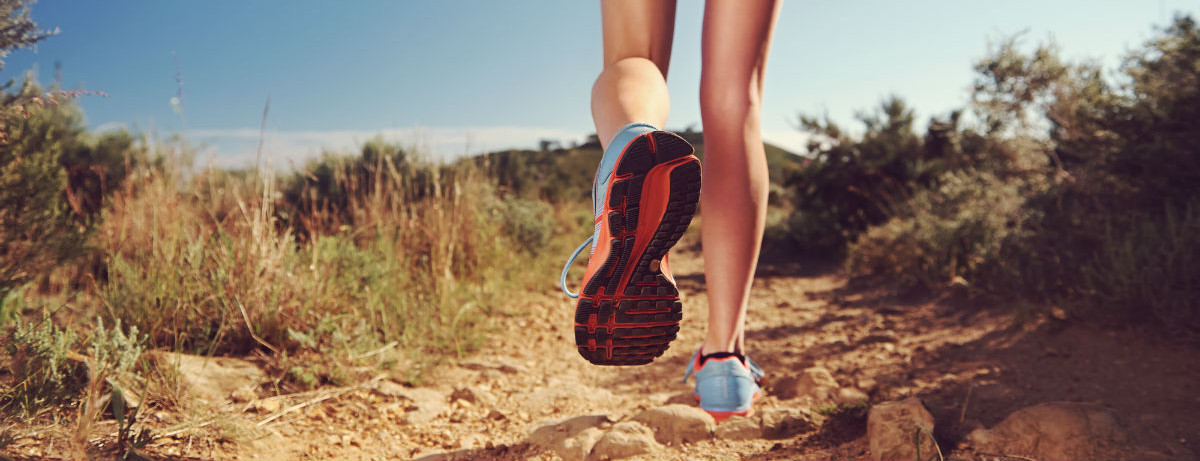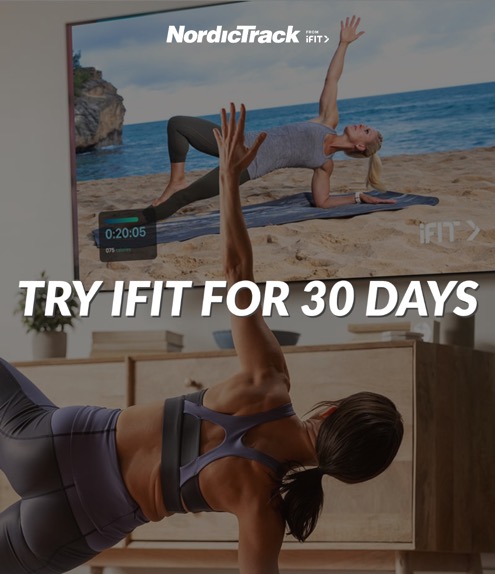
The running world has a hunch that overstriding is a major culprit for running-related injuries. That is, reaching your foot too far forward while running creates an inefficient gait and possibly more impact-related injuries. But experts have yet to determine whether or not this is true.
A Solid Conclusion Is Extremely Difficult To Reach
Researchers are looking for the relationship between an individual’s center of mass and their stride, as well as impact load in a heel strike compared to the impact load of a non-heel strike runner. But each body is unique, running environments vary, and a huge list of factors have an effect on impact injuries. So, it’s hard to confidently point the finger at a specific problem with the runner’s stride in direct relation to the injury.
Besides the runner’s gait, there is a long list of factors that have to be accounted for when determining the exact cause of an impact-related running injury.
- Previous injuries
- Sex
- Body mass index
- Shoes
- Flexibility
- Core strength
- Intensity of training
- Frequency of training
- Duration of training
- Incline
- Fatigue
- Speed
- Pace
Foot Placement Seems To Have A Definite Effect On Injury Rates
Daniel Lieberman, a professor of Biological Sciences and Human Evolutionary Biology at Harvard University, studies evolutionary approaches to human physical activity, such as walking and running. In 2012, he and his colleagues published a retrospective study showing definitively that of the Harvard University Cross Country team, habitual forefoot strikers experienced consistently lower stress injury rates than rearfoot strikers. But even this study lacks the evidence to prove a correlation between overstriding and increased impact-injury rates.
There is also a definite correlation between foot strike position and the types of injuries a runner is more likely to sustain. Runners who use a forefoot strike put more stress on their ankles and less on their knees. Habitual heel strikers tend to see more stress on the knees and less on the ankles.
A Time And A Place For Each Type Of Foot Strike
Sprinters almost exclusively run on their toes while distance runners may vary between front, mid, and rearfoot striking. A lot of this has to do with your comfort, incline, and duration of your run. Heel striking gets a pretty bad wrap, but it really isn’t “bad”. However, in certain circumstances like sprinting or hill climbing, you can reduce the impact on knees and ankles by adjusting your foot strike.
But What About Overstriding
We have yet to find a study that definitively proves overstriding to be the cause of higher injury rates or even specific injuries. But what we do know is this – overstriding decreases your running economy. It’s less efficient. When you are landing in front of your center of mass, you’re essentially hitting the breaks and slowing your momentum with each foot strike. This requires more energy from your back foot to push off the ground and propel your body forward.
Here’s how Dr. Mark Cucuzzella puts it:
“With efficient running, energy is stored in the tendons and returned to forward motion with every stride. Think of this as a spring or strong rubber band. As long as the spring is stiff and strong, the more it is loaded, the more energy returned. The spring attenuates shock also as well as reducing the muscular work of running. Think about jumping rope or watching an animal hop in nature…When the foot hits the ground, the glutes, quads, and abdominals activate to support and stabilize the hips, spine, and pelvis. It is critical that this action happens quickly and with strength. The posture is tall, the Achilles, plantar fascia, and calf load elastically as the hips extend rearward, also loading elastically. When the hip is fully extended, the knee reflexively drives forward. The faster runner will facilitate this action with an active knee drive forward to complement the recoil. Once the knee is moving forward, just let it go. The momentum of the knee recoil causes the lower leg to fold under the thigh, shortening the lever. The foot is not picked up by lifting the heel with the hamstring. The hamstring activates to control the forward-moving foot and when stretched will activate the downward drive by the glutes. Next is the critical part of the running stride. When the foot is extended in front of the knee, the runner must activate the glutes to bring the foot down under the center of mass. Thus effectively loading the spring in the proper vector. The more powerful the downward force, the better the elastic return. This is free energy.”
This theory of natural running form from Dr. Cucuzella has enabled him to run nearly 100,000 miles in his lifetime. So, it’s safe to say he may be onto something!
DISCLAIMER: This post is not intended to replace the advice of a medical professional. The above information should not be used to diagnose, treat, or prevent any disease or medical condition. Please consult your doctor before making any changes to your diet, sleep methods, daily activity, or fitness routine. NordicTrack assumes no responsibility for any personal injury or damage sustained by any recommendations, opinions, or advice given in this article.
Sources:
https://www.nordictrack.com/learn/runners-academy-the-dos-and-donts-of-running/
https://scholar.harvard.edu/dlieberman/home
https://scholar.harvard.edu/files/dlieberman/files/2012b.pdf
https://www.youtube.com/watch?time_continue=95&v=63ZPb_btjx4
https://therunexperience.com/steep-trail-running-tips-for-handling-the-terrain/
https://www.nordictrack.com/learn/improving-your-memory-with-barefoot-running/
http://naturalrunningcenter.com/2013/05/06/video-the-principles-natural-running/



